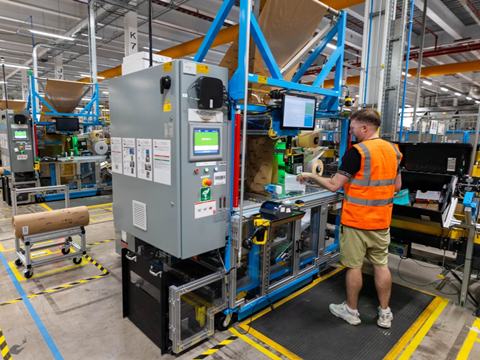
Intending to reduce its packaging waste, Amazon is deploying automated machinery across its European operations, including made-to-measure box and paper bag technology and a labelling device suitable for products shipped in their own packaging.
Over 70 new automated packaging machines are set to be installed at Amazon fulfilment centres in the UK and Germany – where some of the technology was previously tested at fulfillment centres – as well as in France, Italy, and Spain in 2025. Other countries are expected to follow suit by 2027.
A retrofitted version of Amazon’s original plastic bag machines uses sensors to measure a product’s dimensions, then pack and heat-seal it in a right-sized, made-to-fit paper bag. The pack is described as durable, weather-resistant, lightweight, and recyclable.
By eliminating the need for additional padding, these machines are expected to cut out an average of over 26 grams of packaging per shipment, with Amazon’s lightweight paper bags thought to be up to 90% lighter than similar-sized cardboard boxes.
Heavier, more fragile items can be placed into another machine; similar sensors measure their dimensions, then automatically produced a right-sized cardboard box – a process hoped to remove unnecessary packaging material. Shipping labels are directly applied in preparation for immediate dispatch.
Amazon’s high-speed auto-labelling machine, the Universal Robotic Labeller, is designed to apply labels up to 75% smaller than standard alternatives onto packages or directly onto items, including those with irregular shapes. It is compatible with boxes, paper bags, or products shipped in their own containers, with the latter set to avoid extra Amazon packaging and reduce waste.
By producing made-to-fit packaging, Amazon hopes to minimize material use and maximize space in delivery vehicles, thus cutting down on emissions in transit and packaging waste in end uses.
“In order to reduce waste, we need to reduce packaging,” explained Pat Lindner, VP Mechatronics and Sustainable Packaging at Amazon. “We use machine learning and automation to create packaging that’s made to fit, reducing excess materials while making sure the product remains protected.
“We’re now installing automated packaging machines in our facilities across Europe to better serve our customers and the planet. This investment is a significant step forward in reducing the environmental impact of deliveries for our European customers.”
Apparently, one in two Amazon shipments in Europe are already delivered without a box – arriving in a paper bag, cardboard envelope, or without extra packaging via Amazon’s Ships in Product Packaging programme.
The company already claims to have reduced its average packaging weight by 43% per shipment, which it equates to over 3 million metric tons of packaging.
Last year, Amazon worked with Mondi to develop a paper-padded envelope with paper-based, shock-absorbent lining – a move intended to remove protective plastic components without compromising a product’s integrity in transit. For this innovation, the companies won a Sustainability Award in the E-Commerce category last year.
Since then, Amazon has revealed new packaging designs for its Echo, Kindle, and Fire TV products; these are designed to use an average of 30% more recycled fibre content and 60% less ink, with a tactile-marked QR code intended to guide visually impaired consumers through the setup process.
In another development, Sparck Technologies and Ferag’s ‘one-touch’ packing process for e-commerce deliveries covers order-picking through to producing individual, fit-to-size boxes for dispatch. It is not thought to require manual intervention at any point and claims to lower costs, increase throughput, ramp up easily for peaks, and reassure retail clients.
Ranpak has also combined automation and protective paper technology into three integrated solutions that apply recyclable and biodegradable pads or void fill to e-commerce and industrial packages. In doing so, it claims to have reduced the labour and training required of human operators.
If you liked this story, you might also enjoy:
The ultimate guide to the Packaging and Packaging Waste Regulation in 2025
How are the top brands progressing on packaging sustainability?
Everything you need to know about global packaging sustainability regulation in 2025
The key to increasing the use of reusable packaging in supermarkets

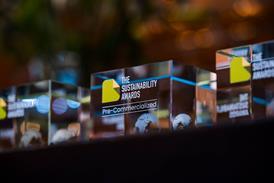

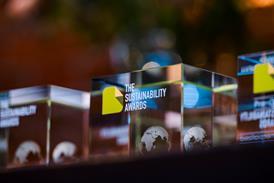
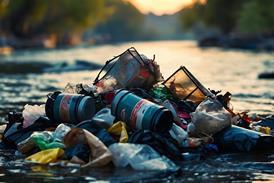
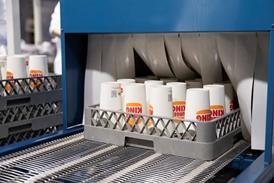











No comments yet